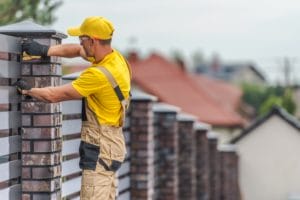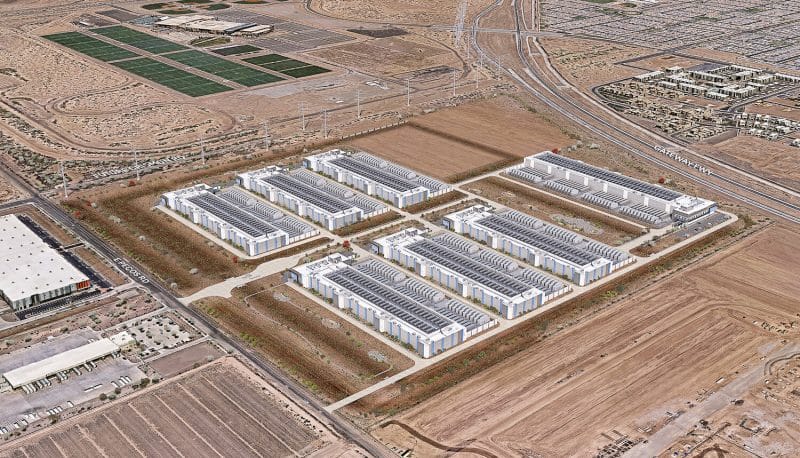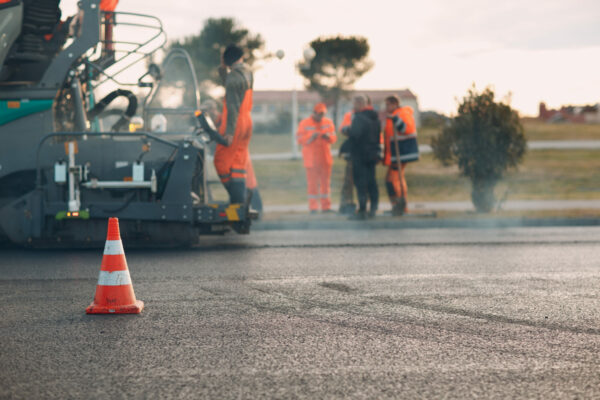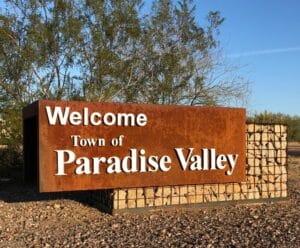
By Lily Altavena | Cronkite News Service
Mayor Sandy Moriarty is used to getting these messages: frustrated emails from residents blaming Sedona’s traffic problems on tourists, asking the city to stop marketing to them. Occasionally, she’ll pick up an angry call with similar exasperated “rants.”
This small town of 10,000 people attracts 2.8 million annual visitors, according to Arizona Department of Transportation data. The number of visitors to the Red Rock Ranger District, which includes Sedona, tripled during the past 10 years, according to a U.S. Forest Service study. Congestion through the town’s main artery, State Route 89A, presents a problem. During holiday weekends and rolling spring breaks, cars are sometimes backed up outside of city limits into Oak Creek Canyon, coming back from a day in the Canyon or at Slide Rock State Park.
“It’s really a number one problem for the residents,” Moriarty said.
Sedona’s tourism growth parallels population growth in Phoenix, the state’s largest metro area. Maricopa County was the fastest growing county in the U.S., according to U.S. Census data. Both areas face limits in infrastructure expansion. Officials agree: there is no catch-all solution to fix mounting traffic, just millions – and sometimes billions – of dollars and years of planning.
Phoenix commuters spent an average of 51 hours stuck in traffic per year, ranking 13th nationally, just ahead of Philadelphia, according to the 2015 Urban Mobility Scorecard from researchers at Texas A&M University. That number is calculated by examining delays during peak times in urban areas – those 51 hours are extra hours, on top of normal commute time. The good news: that number has hovered around 51 hours for the past several years. Phoenix compares favorably to other cities of similar metropolitan populations, such as San Francisco, where the yearly delay averages 78 hours, or Seattle, with an average of 63 hours. Still, ADOT data shows that roads are getting busier. The question: can Arizona’s infrastructure matchup?
“With population growth, we’re projected to be over 6 million people by 2040, and so any time you add 30, 40, 50 percent more people in the region, you’re going to have more traffic,” said Eric Anderson, the transportation director at Maricopa Association of Governments. “That’s always going to be an issue for us.”
Average Traffic
Ram Pendyala, a professor of transportation systems at Arizona State University, studies how to better predict traffic issues. He theorizes that increasing traffic is partly due to what he calls the “millennial catch-up effect.” The nation’s 19-35 year olds were hampered by a recession, but recently, because of economic improvement, they have started getting jobs and hitting the road.
“Their travel patterns are beginning to mimic some of the travel patterns of generations prior to them,” he said.
MAG is working with ADOT and other highway officials on a $1.4 billion plan to improve the congested parts of Interstate 10 and Interstate 17. The plan recommends new HOV ramps, improvements for bicycle commuters and upgrades to modernize interstate highways “to current design standards.”
But many of Arizona’s roads don’t need widening or improving: they are simply aging and in need of maintenance. The state’s roads earned a “D+” grade on the American Society of Civil Engineers 2017 Infrastructure Report Card. The report cited a $24 billion road maintenance cost from ADOT, writing, “Fewer than 50 percent of Arizona’s roadway needs can be addressed with expected baseline revenues.” Nationally, the country’s roads earned a “D” grade.
“Providing adequate infrastructure is a challenge because we never have quite enough money to do everything that needs to be done out there,” Anderson said. “So we’re always picking and choosing, making sure we have the right projects out there”
Arizona has gone from 3,098 registered vehicles in 1912 to 1.3 million in 1970 to nearly 7.7 million in 2015, according to numbers from ADOT. Planners have been considering population growth for decades, especially in the population “boom years” of 1946-1973, according to a report put together by ADOT in celebration of the 2012 state centennial. The state’s highways went through crucial changes after World War II, with more than 170 miles of historic Route 66 rebuilt and the building of the first direct highway connection between Flagstaff and Phoenix. As the population ticked up, State Loop 101, which coils around Metro Phoenix, was finished in 2001 to the tune of $2.3 billion and about 13 years of construction, data from planning firm EconWorks reports.
According to Pendyala, technology is the solution to the world’s traffic woes.
“What we’re seeing in the Valley is the future,” he said. “If you have a fleet of connected and autonomous vehicles, you could see a very different future where we have essentially tripled the capacity of our roadways.”
Using self-driving vehicles – such as what Uber is testing in Metro Phoenix – could cut down on congestion by spacing cars closely together. These cars would move in “platoons,” and would be in constant communication, Pendyala said.
“Suddenly you can have a utopian future of really no traffic congestion.”
This may not be realistic in the near future. A report from AAA out this year found that a majority of Americans are afraid of autonomous vehicles and three-quarters feared riding in a self-driving car. Yet, there was more trepidation among older generations: where 41 percent of millennials felt “less safe” sharing the road with autonomous vehicles, that number jumped up to 60 percent of baby boomers.
In Sedona, options for improvement are limited. Most of the two main highways – State Route 89A and State Route 179 – are owned by ADOT, not the city of Sedona, Moriarty said. Driving south through Oak Creek Canyon from the Flagstaff area is narrow but picturesque and “the least likely to be able to change much.”
The Sedona City Council has spent years confronting area congestion. In April 2016, the council approved a contract with design consulting firm Kimley-Horn to study traffic patterns and come up with suggestions to ease congestion. The study found an average of 16,000 to 19,000 vehicles per day coming through State Route 179 in Sedona. Drivers also faced an average commute of seven minutes to make it through a stretch spanning three-quarters of a mile going southbound on State Route 89A, the firm found.
“If you look at what has been happening over the past say five years or so there’s no question that the traffic has been getting worse,” John Currivan, a Sedona city councilor said.
AnnaLee Hammon’s family has been in Sedona since the 1950s, when the city was made up of “a brothel and a few ranches.” Hammon owns Made in Arizona, a wine and gift shop in the heart of the uptown district. She’s watched the town change and grow into a tourist destination. And she’s watched the lines of brake lights snake further and further through uptown Sedona.
“Traffic at some times is a frustration not only for the locals but for our tourism as well,” she said. “They’re so excited about getting here and then they’re in this line that takes 45 minutes to an hour sometimes to get into town.”
There’s a wide range of ideas for fixing the issue. Currivan supports better signage explaining delays. Hammon is opposed to putting a road through Cathedral Rock, an idea she said some have posed. Moriarty hasn’t made up her mind yet. She’s waiting until she has “all the information.”
“I have no opinions at this point because I haven’t heard all the options,” she said. “We’re hearing them bit by bit as they go and frankly they change from day-to-day.”
Marc Spector, a Sedona resident of 40 years, believes it might be too late for improvements. His idea to fix road congestion is more radical: bar non-residents from driving through Sedona at all. Instead, he proposes building a ten-story parking garage and running shuttles every several minutes for tourists.
Until then, though, his advice to the frustrated residents is simple:
“It comes with the territory. You live in a tourist town, you’re going to have to live with traffic. And you just plan your day around to where you’re not in it.”







